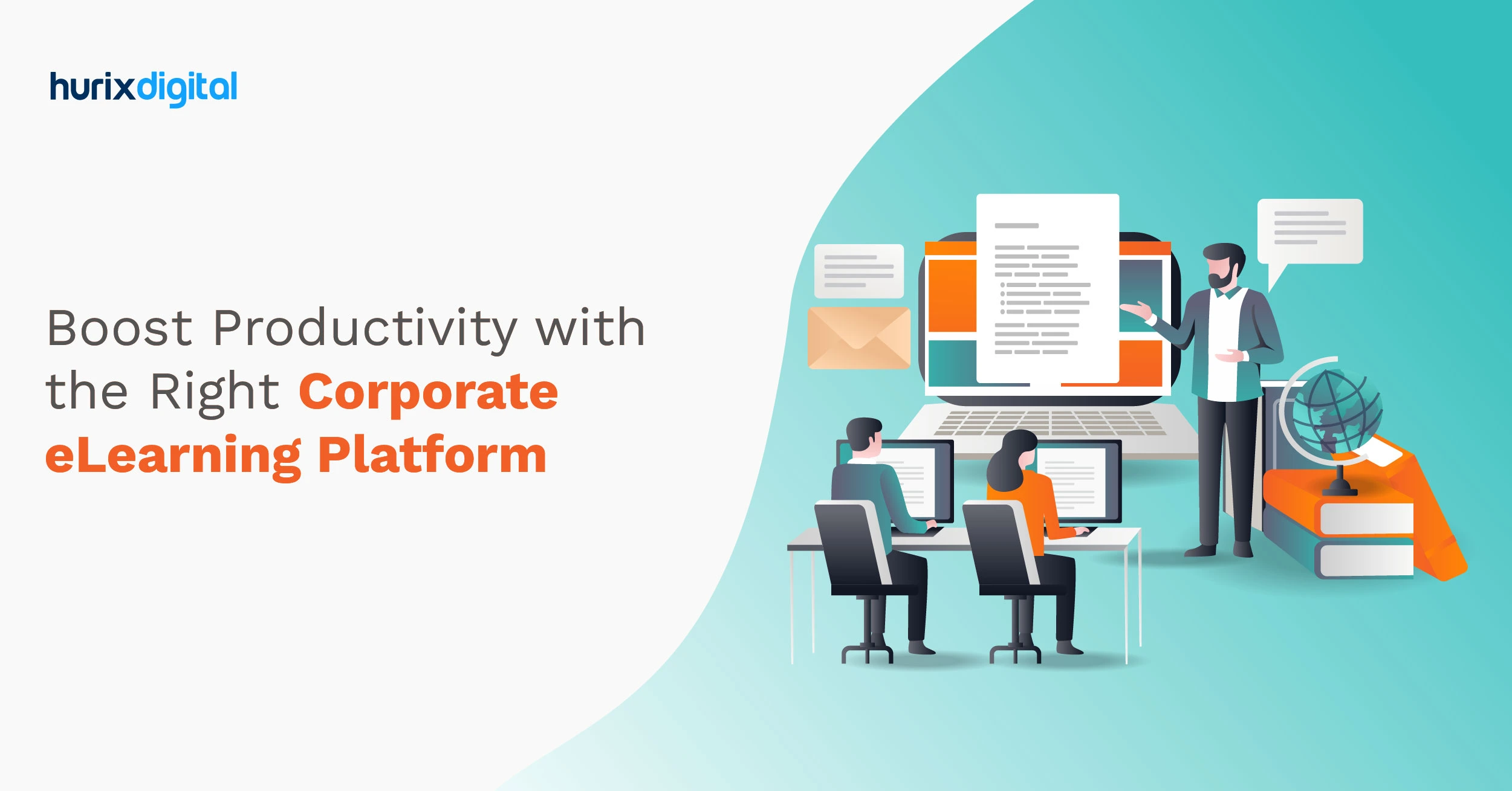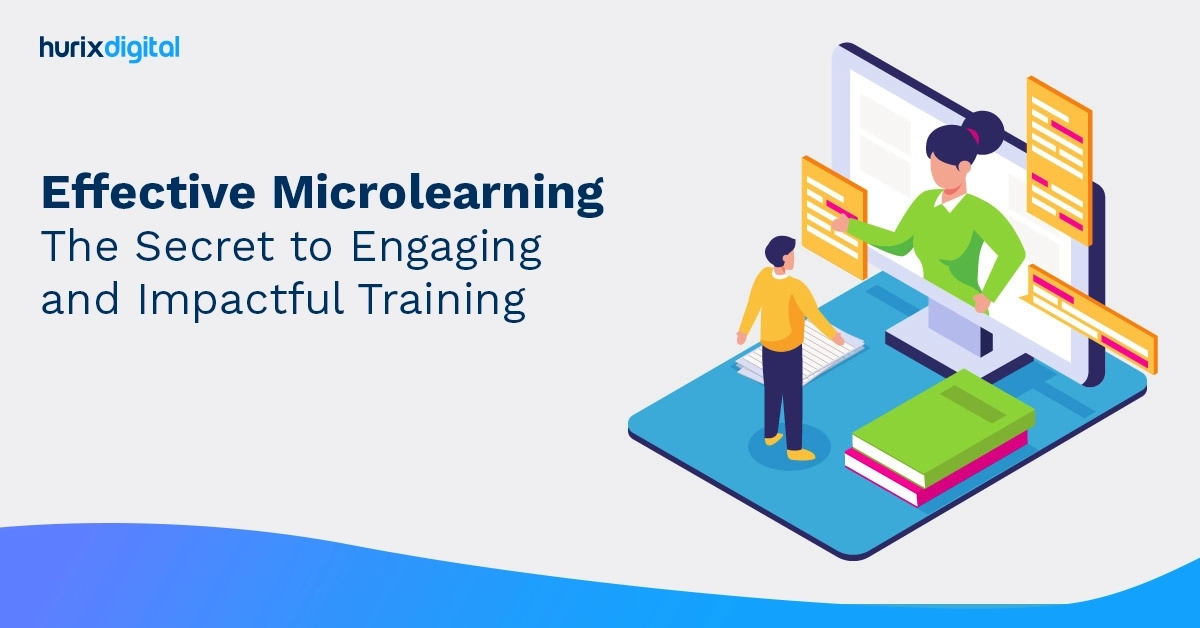
Mobile Learning in Education is Changing the Overall Landscape
Technology today is turning the old learning techniques on their head, unearthing several new dimensions of learning for students. Smart devices and mobile phones have completely taken over our lives, right from entertainment and communication, to the way we learn. Mobile Learning in education is transforming learning for digital natives.
Table of Contents:
- Why should Institutions Leverage Mobile Learning in Education?
- What are the Challenges that Mobile Learning in Education Overcomes?
- Key Benefits of Mobile Learning Or m-Learning for Higher Education Students
- To Wrap it Up
A study shows that 86 percent of college students today own a smart device, and almost half of them use their mobile devices for daily college work, which is nothing short of remarkable.
Further, a report from ofcom also says that handheld devices, including smartphones and tablets, are now the most preferred gadgets for accessing the internet, accounting for over 50% of browsing activity worldwide.
These statistics justify the onset of an interesting trend presently – mobile learning technology in education. M-learning or the delivery of educational content, specifically using mobile technology such as smartphones and tablets, is gaining rapid popularity in the education sector.
Also, the impact of mobile learning on student performance has been a subject of several discussions in the higher education community in recent times. Universities and colleges across the globe have been looking into ways of using mobile learning to improve learner engagement.
Also Read: 9 Reasons for the Growth of eLearning in Education.
Why should Institutions Leverage Mobile Learning in Education?

For starters, the use of mobile learning in education can be an excellent solution for students demanding increased flexibility in study options. With the easy availability of ubiquitous internet connection and incremental improvements in both the design & affordability of mobile devices, students today can leverage mobile technologies to access different course materials and activities.
Further, mobile learning in education is an extremely friendly way to adopt modern teaching methodologies. Not only does it support visual learning (via audio, video, and images), but it also makes learning dynamic and fast-paced, thereby keeping students more engaged in a classroom as it conveys course material in a much more effective fashion.
What are the Challenges that Mobile Learning in Education Overcomes?
The main challenges that mobile-based learning mitigates include-
1. Lack of tailored learning approaches
However, developed the educational institution or university is, it can always do more to engage learners. Adapting to the individual needs and preferences of each learner is a goal that is impractical in many traditional classroom environments.
Mobile learning, on the other hand, offers more interactive formats and tailored content to suit individual learning styles. This results in increased learner engagement levels to help students understand better. M-Learning also allows students to choose from among a wide range of instructional media such as videos, infographics, and audio to help them learn a given lesson effortlessly, improving engagement and, therefore, retention.
Also Read: 9 Ways to Create Highly Effective Learning Videos.
2. Lack of analytics and data to benchmark performance
One of the challenges faced by most education systems is the lack of enough data and analytics to compare student performances. Whereas mobile learning allows educators to track and benchmark student performance across multiple parameters such as student history or subject to provide a more holistic and richer way of assessing student performance.
3. Less qualified teachers
Less qualified or under-trained educators fail to contribute meaningfully due to the lack of effective teaching strategies and lesson plans, which is one of their core responsibilities. Mobile learning in education mitigates this challenge by providing access to a range of dedicated resources to help trainers and educators share best practices.
Key Benefits of Mobile Learning Or m-Learning for Higher Education Students
Apart from offering much better learner engagement and higher completion rates, mobile learning has several other advantages that pioneering higher education institutions are making the most of. These are discussed below-
1. On-the-go learning
The biggest advantage of mobile learning in higher education is the flexibility it offers for anytime-anywhere learning. Additionally, the flexibility in m-Learning also involves learning to suit individual styles using audios, videos, podcasts, and other multimedia assets on mobile devices.
2. Better collaboration
Mobile learning in education makes it easier for learners to engage and collaborate towards establishing a robust online learning community. This is, in fact, one of the biggest advantages of mobile learning as the traditional process of learning often lacks any kind of collaboration among learners.
Here are 10 eLearning Design Techniques for Improved Learner Engagement.
3. Multi-device support
Another significant benefit of mobile learning in education is that of multi-device support. Unlike other e-learning methods, the mobile learning environment supports the availability of the same course on various devices, including computers, smartphones, laptops, and tablets.
4. Higher retention and better completion rates
The bite-sized and concise content presented in m-learning platforms offers immense flexibility to learners to complete and begin courses as per their own convenience. This leads to better completion rates, high retention of the content, and an extremely impactful mobile learning user experience.
5. Engaging design formats to learn from
M-Learning features a range of interesting design formats such as interactive videos, animated videos, and so on that are extremely popular among learners. This kind of personalization in learning adds to the sense of engagement and also helps learners stay on track with their training.
6. Driving performance
The rapid growth of the mobile internet has also made educational institutes use m-Learning as an innovative solution to meet their students’ learning needs and improve their performance.
Mobile devices can be used to deliver short, chunk-sized online training courses, consisting of videos and graphics. These short lessons can be designed in an extremely engaging way to facilitate just-in-time learning support.
7. Defined learning path
The popularity of m-Learning platforms is also attributed to the continuous and personalized learning path they offer. Learners enjoy the convenience of course organizers and phone-based reminders integrated with the m-Learning platforms they use. Further, they can get ongoing notifications and updates on new courses and recommendations, which they can check anywhere and anytime.
To Wrap it Up
The evolution of technology and the development of mobile applications in the last few years, especially for higher education, have been nothing short of spectacular. The flexibility, cost benefits, and effectiveness of mobile learning further hold great potential for the future.
Mobile learning in education comes up with a distinct approach that helps address several of the common educational issues seen in other traditional modes of learning. The evolving technological landscape and tools have set the stage for learning that can harness the speed and ubiquity of digital capability.
Learning through mobile devices and other digital means also allows students to have a more personalized and accelerated learning experience that gives them the power to unlock their true potential.
The importance of mobile learning lies in its ability to democratize education, granting learners worldwide access to knowledge and skills on-the-go, transcending traditional barriers to learning.
Book a 15 minute discovery call with our team to learn more about mobile learning in education.

Senior Vice President
A Business Development professional with >20 years of experience with strong capability to sell new solutions and develop new markets from scratch. New Market Entry Specialist with experience working in the largest emerging markets. Exceptional experience in conceptualizing, ideating and selling new learning technologies like VR AR, etc. across multiple industry verticals.
 A Space for Thoughtful
A Space for Thoughtful 



